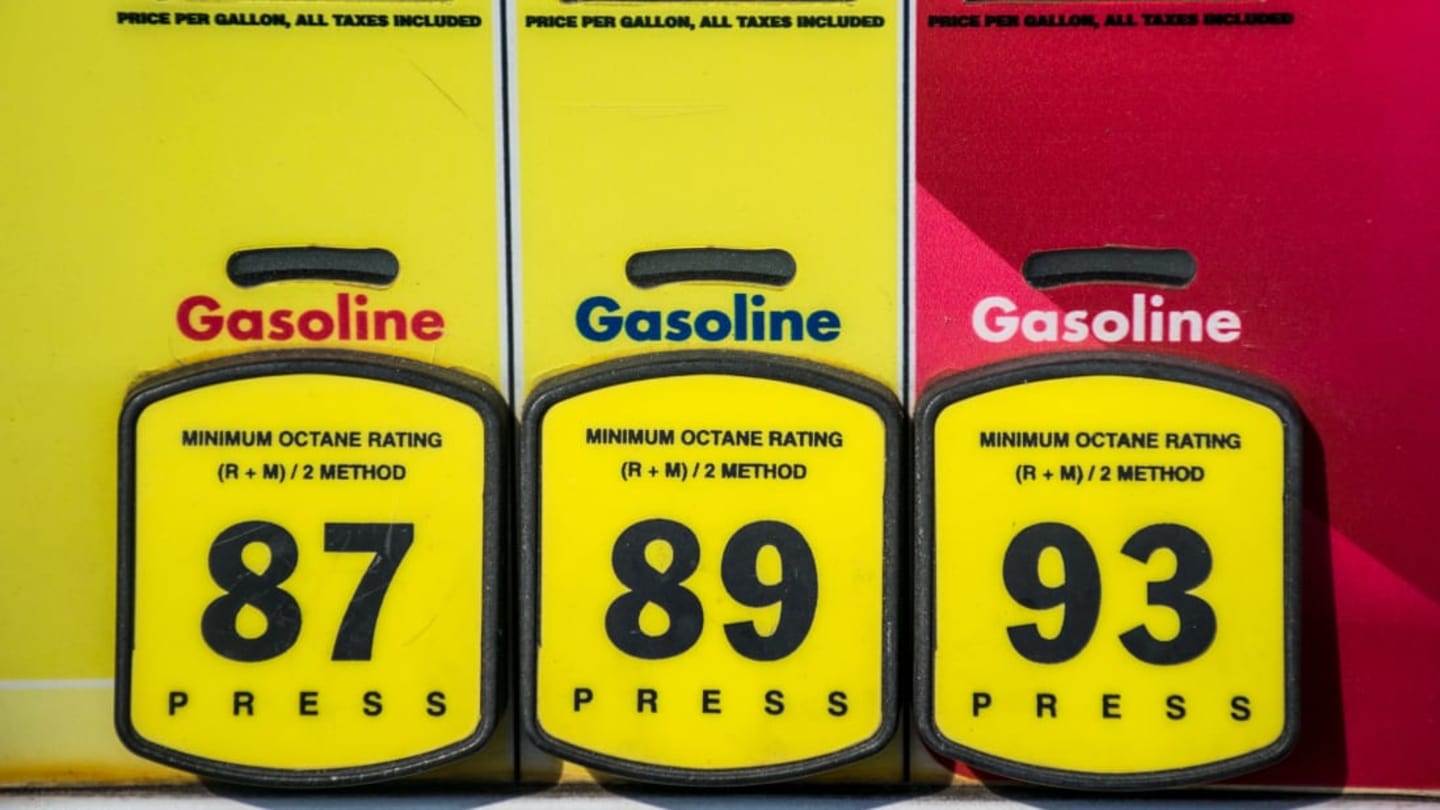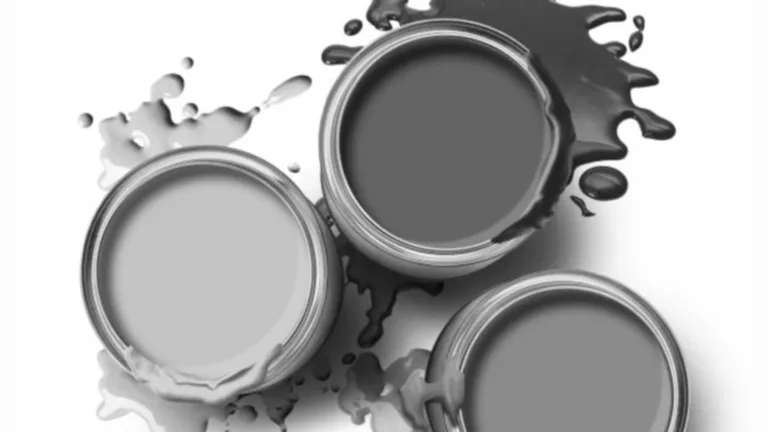Ever find yourself standing at the Gas Pump, staring blankly at a row of buttons with numbers on them? Don’T Worry, you’Re Not alone! Those seemingly cryptic numbers are actually a crucial part of choosing the right fuel for your car. Understanding what they mean can make all the difference in ensuring your engine runs smoothly and efficiently.
Think of those Gas Pump Buttons as a language that tells you about the power packed inside each type of gasoline. Each number represents the octane rating, which is essentially a measure of how resistant the fuel is to knocking – an unwanted explosion in the engine cylinder that can cause damage and Reduce Performance.
Imagine your car’s engine as a delicate dance where Controlled Explosions Propel It Forward. Higher octane fuel acts like a More Stable Choreographer, Keeping Those “explosions” under control even when things get a little heated. This is especially important for cars with higher compression ratios or turbochargers, which put extra strain on the engine. So, Next Time you’re at the pump, remember that those numbers hold the Key To Powering Your Vehicle optimally!
Understanding Octane Ratings
Essentially, octane ratings are a measure of fuel’S Ability To Resist “knocking” – that unwanted pinging or rattling sound you might hear from your engine When It’s Under Stress. Think of it like this: higher octane fuels are more stable and less likely to ignite prematurely, even under high pressure and temperature inside the engine cylinder.
So, what do those numbers on the Gas Pump Buttons Actually mean? Regular gasoline typically has an octane rating of 87, mid-Grade Ranges From 89 to 90, and premium falls between 91 and 94. Higher numbers indicate a higher resistance To Knocking – Your Fuel’s ability to withstand those intense engine Conditions Without Going “boom” prematurely.
 Extinct Foods: A Culinary Journey Through Lost Delights
Extinct Foods: A Culinary Journey Through Lost DelightsWhile modern cars with advanced technology often handle regular gasoline just fine, Some Vehicles, especially high-performance or luxury models, might benefit from higher octane fuels due to their more powerful engines and demanding driving needs.
Gas Pump Button Meanings
Now that we understand what octane ratings are all about, let’s break down those gas pump Buttons Themselves. Typically, you’Ll See Three Options: Regular, Mid-Grade, and Premium. Think of it like a menu for your car – each option offers a different level of fuel performance.
Regular gasoline is the most common and budget-Friendly Choice, usually sporting an octane rating of 87. It’s perfectly fine for most everyday vehicles that don’t demand extreme power or performance. Mid-Grade, with ratings between 89 and 90, sits in the middle ground, offering a slight boost in performance and potentially better fuel economy for Some Cars. Premium fuel, Boasting Octane Ratings From 91 to 94, is reserved for high-performance vehicles or those with specific Engine Requirements – it helps prevent knocking and maximize Power Output Under Heavy Load.
Ultimately, Your Car’s owner’s manual will be your best guide when choosing the right octane rating. It outlines the manufacturer’s recommendations based on your vehicle’s make and model. Remember, using a higher octane than recommended won’t necessarily give you a noticeable performance boost and could even waste money – it’s all about finding the sweet spot for your engine!
Benefits of Higher Octane Fuel
While regular gasoline gets the job done for many cars, opting for higher octane fuel can Offer Some Definite Perks, especially for those with powerful engines or demanding driving conditions. Think of it as giving your car a little extra boost – a premium fuel upgrade can lead to smoother performance and better engine responsiveness.
Higher octane fuels are less likely To Ignite Prematurely, Which Means Fewer “knocks” and a more efficient combustion process. This translates to improved power output, especially under heavy load or when Accelerating Quickly. Plus, some drivers report slightly better fuel economy with higher octane fuel, as the reduced knocking allows for more efficient burning of fuel.
Of course, whether you’ll notice these benefits depends on Your Car’s specific engine and how you drive it. If you regularly push your vehicle to its limits or frequently encounter Hilly Terrain, a higher octane might be worth considering. Ultimately, Consulting Your Owner’s manual can provide tailored guidance based on your vehicle’s needs.
Choosing the Right Fuel for Your Vehicle
With all this information about octane ratings and fuel types, you might be wondering how to choose the right one for your car. Fortunately, there’s a simple guide to follow! Your vehicle’s owner’s manual is your best resource – it outlines the manufacturer’s recommendations based on your specific make and model.
Think of it as a personalized prescription for your engine. It will typically specify the minimum octane rating required for optimal performance and fuel efficiency. If you’Re Unsure, or if your manual doesn’t explicitly state a recommendation, it’s always safe to err on the side of caution and choose the next higher octane level.
Remember, using a lower octane than recommended won’T Necessarily Harm Your Engine, but it might lead to decreased performance, knocking, or even potential damage over time. By choosing the right fuel, you’re ensuring that your car runs smoothly, efficiently, and with the power it deserves!
Driving With Optimal Performance
Now that you’ve got the fuel situation sorted out, let’s talk about maximizing your driving experience. Choosing the right octane for your vehicle is just the first step – it sets the stage for optimal performance. When you provide your engine with the fuel it needs, you unlock a world of smoother acceleration, Improved Responsiveness, and a more satisfying drive overall.
Think of it like feeding your car the right nutrients. Just as athletes need specific diets to perform at their best, engines thrive on the right type and quality of fuel. With the correct octane rating, you’ll notice a noticeable difference in How Your Car Handles, especially when accelerating or climbing hills. It’s like giving your engine a little extra pep in its step!
Beyond fueling up properly, maintaining regular maintenance checks like oil changes and air filter replacements can Also Contribute To Peak Performance. Remember, taking care of your vehicle goes beyond just filling the tank – it’s about providing it with everything it needs to run smoothly and efficiently for years to come.










